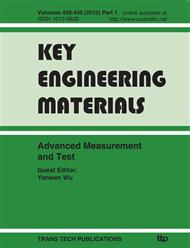p.510
p.516
p.522
p.528
p.534
p.540
p.546
p.552
p.558
Reversible Logic Synthesis-Oriented Multi-Objective Automatic Design Method Based on Evolutionary Design Techniques
Abstract:
This paper applies evolutionary design techniques to the reversible logic synthesis, and proposes a reversible logic synthesis-oriented multi-objective automatic design method based on evolutionary design techniques. Firstly, build a gate-level array model of reversible logic circuits (RLC) in order to model the synthesis problems as ones of constrained multi-objective optimizations. Then, encode the candidate RLC to a set of binary evolutionary individuals which are solved by the specialized Pareto-optimal multi-objective evolutionary algorithm. In addition, adopt “pre-bit priority” mechanism to repair infeasible individuals and adopt the rule-based local transformation method to simple the redundant RLC. The results of synthesis experiments demonstrate that the proposed method is feasible and effective, and can automatically synthesize the better RLC.
Info:
Periodical:
Pages:
534-539
Citation:
Online since:
June 2010
Authors:
Price:
Сopyright:
© 2010 Trans Tech Publications Ltd. All Rights Reserved
Share:
Citation:


